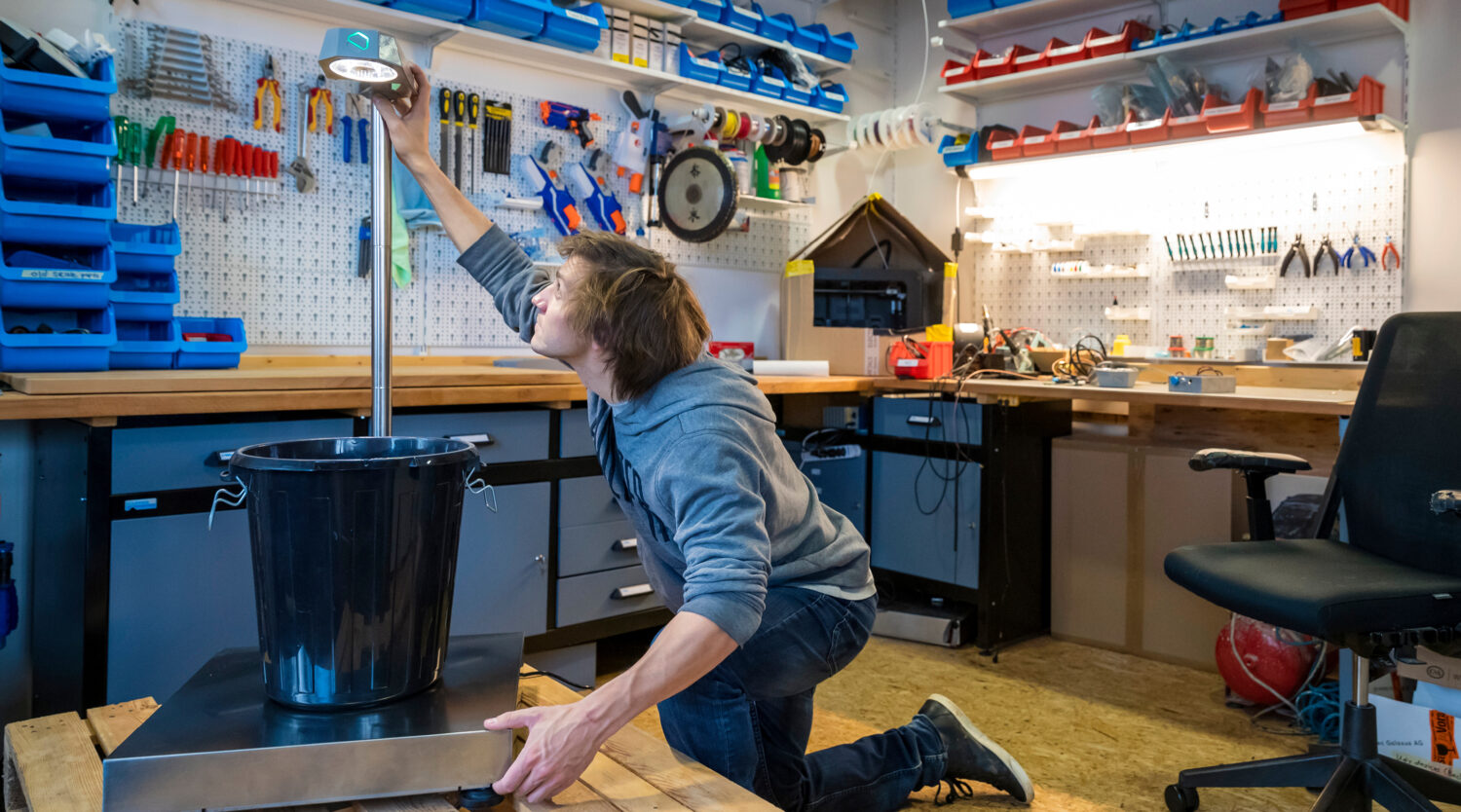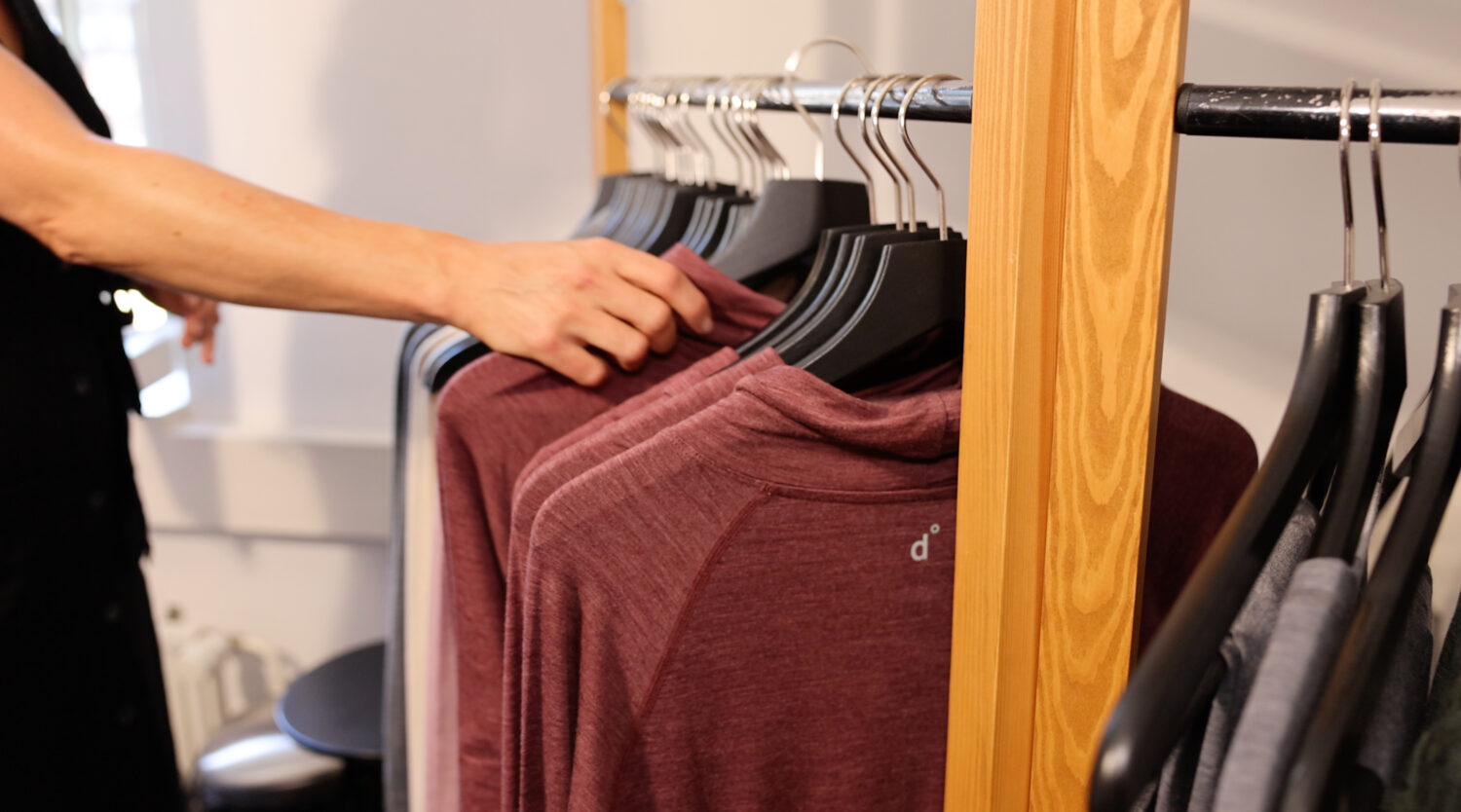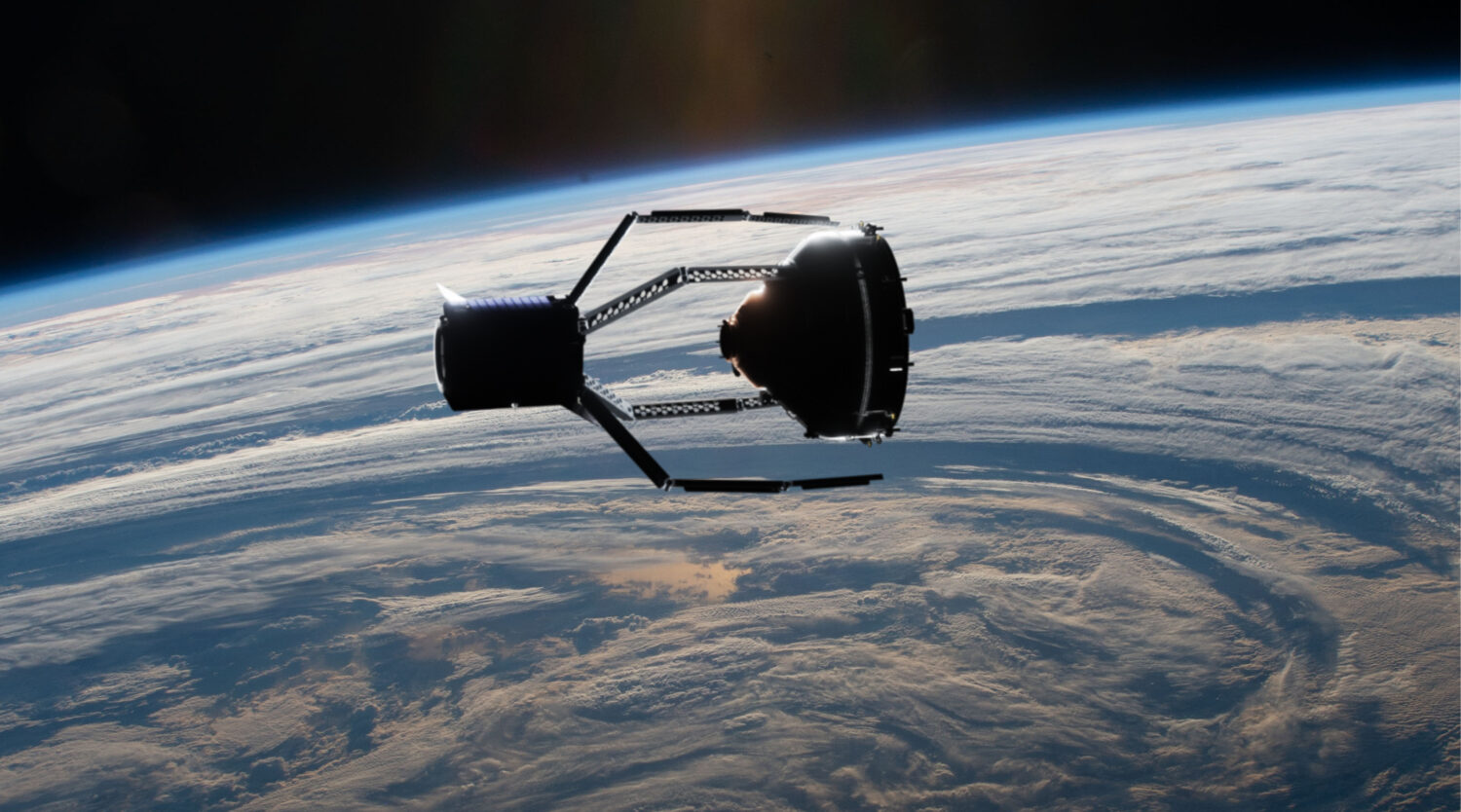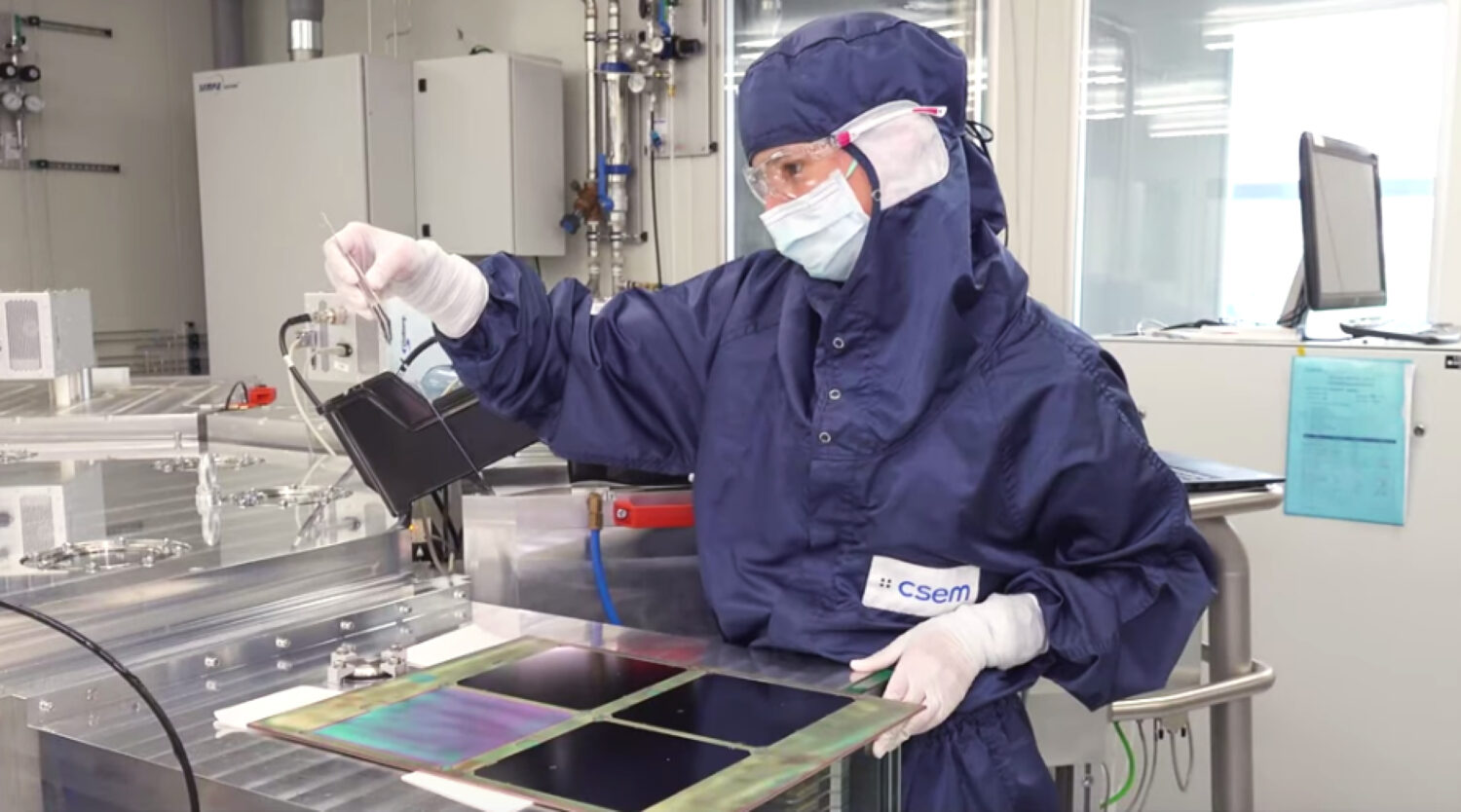
From cellar to heat storage unit
More than 80 percent of the energy in Swiss households is required to generate heat – a large proportion of which is still produced by fossil fuels. The use of solar energy and other renewable sources is still low because the energy is not generated when we need it – i.e. mainly in winter.
The solution is to use seasonal storage: heat is stored in a large water tank in the summer, which can be used in winter. “Seasonal heat storage systems are still generally too expensive in Switzerland,” says Willy Villasmil, senior scientific officer at the Lucerne University of Applied Sciences and Arts (HSLU). Together with the thermal insulation specialist swisspor, his research group is developing a cost-effective and easy-to-implement solution for individual residential buildings or entire industrial sites. The idea is to convert an existing room – for example an empty cellar – into a heat storage unit. The room is insulated and sealed on the inside so that it can be filled with water and serve as a seasonal hot water tank. The water is heated in summer by energy from a heat pump, solar thermal energy or industrial waste heat.
“We are working on a sustainable and easy-to-implement solution for storing summer heat for several months for the winter. The collaboration with our implementation partner swisspor was very successful right from the outset.”
Dr Willy Villasmil
Head of Research Group at the Competence Center Thermal Energy Storage, Institute of Mechanical and Power Engineering, Lucerne University of Applied Sciences and Arts

In a first innovation project, which took place as part of SCCER HaE, a material for thermal insulation was developed that can withstand temperatures of up to 65 degrees and last up to 50 years. In the follow-up project, the HSLU and swisspor, with the support of Innosuisse, are now investigating what it would take to raise the temperature in the hot water tank to 95 degrees and increase the pressure. “The higher the temperature, the more energy can be stored and the more economically viable the energy storage system,” says Willy Villasmil. As well as material development, the project also covers topics such as the integration and management of the storage unit, for example in industrial processes.
This means the sustainable storage solution should become much more cost-effective – a key factor in encouraging more households and industrial companies to switch to renewable energy and contribute to CO2reduction: heating accounts for around 40 percent of CO2 emissions in Switzerland.

Support by Innosuisse
- Innovation project
- Supported through the Energy funding programme (SCCER HaE)







